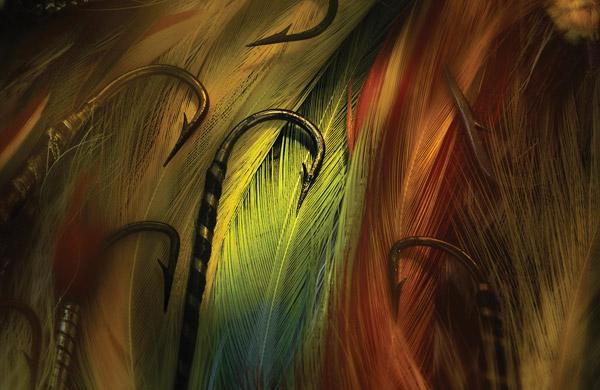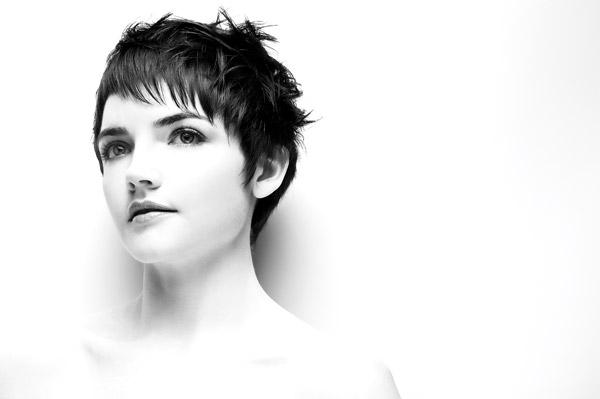Lighting
Sort By: Post Date TitlePublish Date
|
Aug 20, 2014 |
|
Aug 01, 2014 |
|
Jul 28, 2014 |
|
Nov 30, 2012 |
|
Nov 15, 2012 |
First Published: Oct 01, 2012 |
|
Oct 12, 2012 |
First Published: Sep 01, 2012 |
|
Jul 25, 2012 |
First Published: Jun 01, 2012 |
|
Apr 27, 2012 |
First Published: Mar 01, 2012 |
|
Mar 01, 2011 |
|
Oct 01, 2009 |

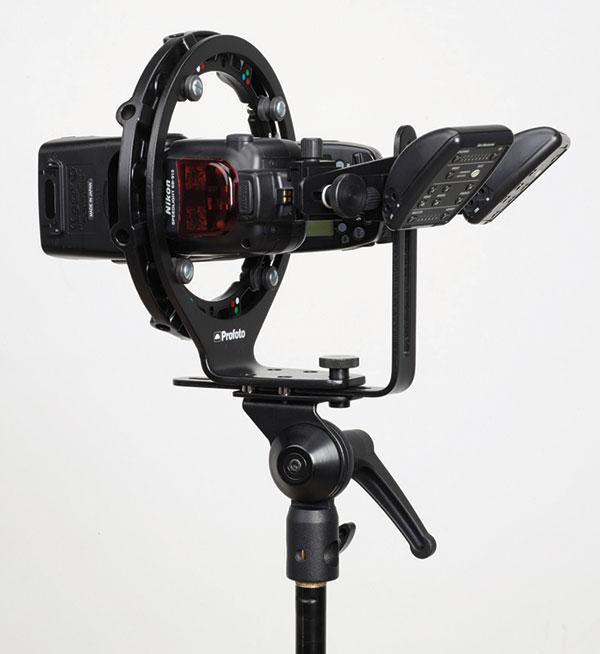
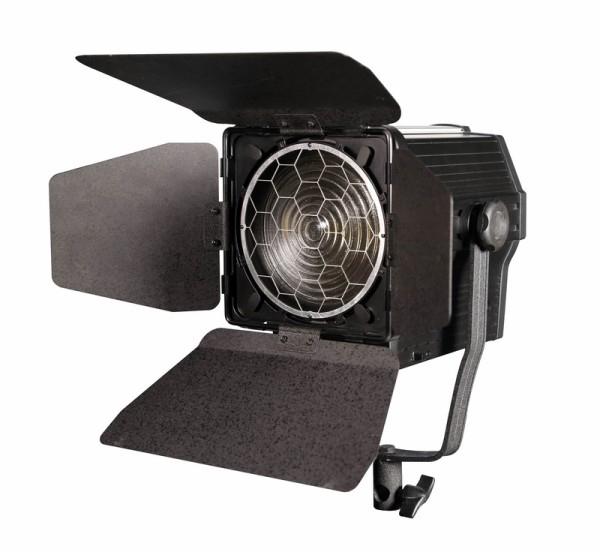

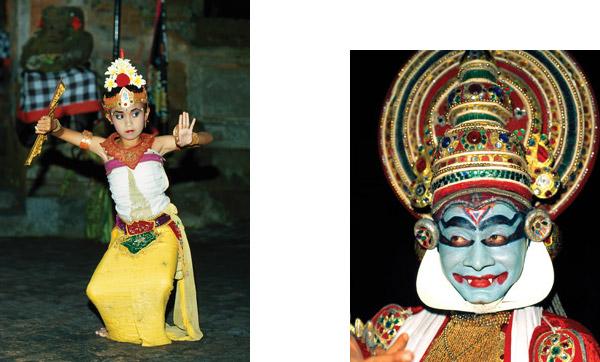
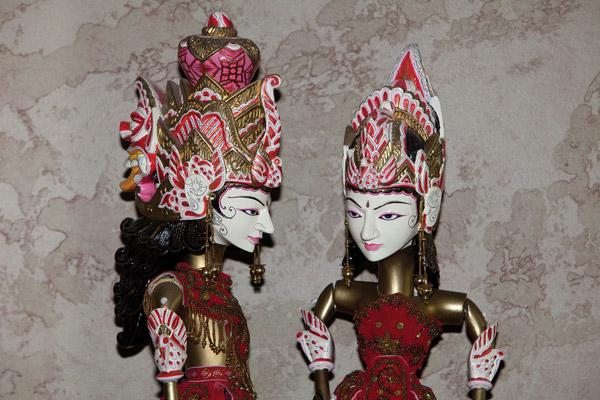

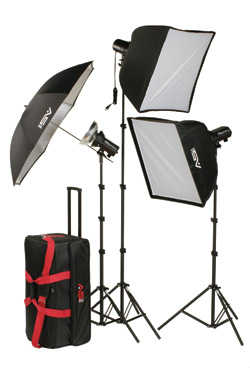 One of the first lighting kits I ever owned was a set of Smith-Victor Adapta-Lights that had screw-base sockets for photoflood lamps. Son of a gun, the company still offers Adapta-Lights as an entry-level solution for beginning portrait photographers who want to work with hot lights. On the other hand, if you prefer making portraits using electronic flash, Smith-Victor’s three-light FL700K Strobe Light Kit may be just what you’re looking for.
One of the first lighting kits I ever owned was a set of Smith-Victor Adapta-Lights that had screw-base sockets for photoflood lamps. Son of a gun, the company still offers Adapta-Lights as an entry-level solution for beginning portrait photographers who want to work with hot lights. On the other hand, if you prefer making portraits using electronic flash, Smith-Victor’s three-light FL700K Strobe Light Kit may be just what you’re looking for. Kevin Kubota is an internationally recognized speaker who has presented programs for every major photographic convention in the US. His Kubota Image Tools have won numerous “Hot One” awards and his Digital Photography Bootcamp workshops, and book by the same name, have been recognized as high energy creative environments in which photographers come away inspired and educated about the great creative potential of their work. In his new book, Kevin Kubota’s Lighting Notebook (2011, John Wiley & Sons, Inc., ISBN: 978-1-118-03510-8), Kubota shares creative lighting techniques that help create mood, define the subject, and give unique dimension to your images. In this excerpt we show but two of the 101 teaching lessons in this handsomely done and fully illustrated 298-page book.—Editor
Kevin Kubota is an internationally recognized speaker who has presented programs for every major photographic convention in the US. His Kubota Image Tools have won numerous “Hot One” awards and his Digital Photography Bootcamp workshops, and book by the same name, have been recognized as high energy creative environments in which photographers come away inspired and educated about the great creative potential of their work. In his new book, Kevin Kubota’s Lighting Notebook (2011, John Wiley & Sons, Inc., ISBN: 978-1-118-03510-8), Kubota shares creative lighting techniques that help create mood, define the subject, and give unique dimension to your images. In this excerpt we show but two of the 101 teaching lessons in this handsomely done and fully illustrated 298-page book.—Editor